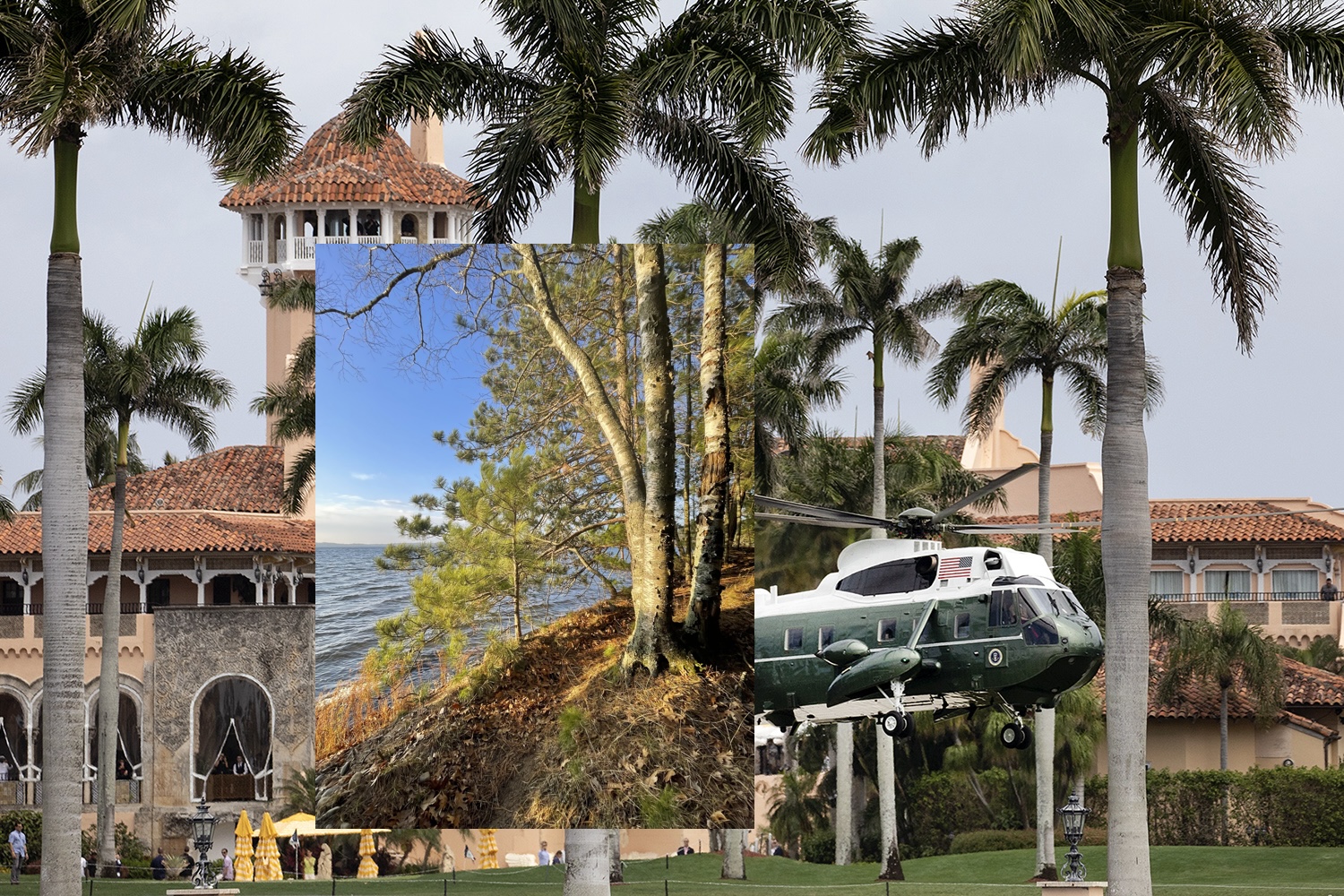NOVEMBER 16, 2024 – Today was another glorious day in the “tree garden,” where I took full advantage of the unseasonably fair weather and blasted well beyond my goal of “bud-capping” 500 trees. As of nightfall, the count was closer to 600, though a far cry from my record of 1,000 two years ago, but then again, many of the trees have grown beyond reach of the deer. I still have a couple of hours tomorrow for more tree work before heading back to civilization.
Though the mercury flirted with 50F thanks to intermittent sunshine, near gale-force winds blew tirelessly from sunrise onward. At this writing, several hours into darkness, Notus and Eurus still howl outside as if to warn of the approach of Boreas and . . . winter.
While focused on stapling folded 4 x 6-inch paper to the terminal leader of each tree, I felt as if I were a volunteer vaccinating a community of children against the risk of a growth-stunting disease (in reality, browsing deer come winter). When traipsing over undulating glaciated terrain from one section of the “garden” to another, I admired these woods as I do every time I explore them. From the heights, I had a clearer view of the lake, now that the oaks, maples and poplars have shed their leaves and all the shrubs have followed suit. The pine, meanwhile, stand out in their lush green cloaks and thereby announce their astonishing prolixity. Most of the trees I planted seven years ago stand much taller than any human; many of the countless volunteers that have since taken root and flourish are waist high.
From one vantage point I surveyed the rare flat area that I call djurgården—”the animal garden,” in Swedish—where deer and other wildlife frequent. It covers about three-quarters of an acre and lies between two sharply sloping moraines. A mix of 60 to 70 white and red pine but few other trees occupy this space. I gain a simple but deeply satisfying reward when I gaze upon this crop of trees that are now coming into their own: I imagine how they will appear in 5, 10, 20, 50 years—assuming, of course, that this part of the planet doesn’t wilt beyond its ability to sustain these miraculous living things. For my part, I hope to orchestrate legally enforceable protection of this land—and its trees—in perpetuity.
Well past noon when I ran out of staples, I returned to the cabin to replenish my supply and to assuage my hunger. Over a quickly assembled chicken sandwich with a side of broccoli, I checked The Times online and even committed my concentration to read several articles and essays top to bottom, each about “The Appointments” and what we can expect in this Brave New Clown Car World. Despite the silent means of communication—words written, not spoken—the “news” filled my head with the most disturbing sounds. Some of them, that is, some of the commentary, was hilarious; other pieces were in the “OMG, I hadn’t thought of that consequence! Do you suppose any of the 73 million did?” category; some were downright disturbing—or at least I imagined they were to anyone with standards. In any case, the totality of these articles and essays could be best described as PAINFULLY DISTURBING.
I was reminded of ski trip days of yore; a day in January with the sun playing hide and seek behind and between scudding clouds and the temperature just cold enough to incentivize skiers to elongate lunchtime and extend their warm-up breaks.
After skiing my brains out from the time lifts had opened until well past noon, I’d break for something to eat. I’d ski hard down to the base lodge, lean my skis and poles against a crowded ski rack, and walk as fast as my ski boots would allow—clop, clop—into the Mad House occupied by a gazillion skiers on MLK weekend; a madding crowd that sounded as if they were packed onto a school bus headed for the circus. The scene was always in sharp contrast to the zen of skiing back bowl powder. I’d join the food line, grab some chili, an orange and hot chocolate and search for a table spot where I could squeeze my tray. After wolfing down lunch, I’d flee back outside, grab my gear and head back up the mountain and over to the far side until the last lift closed.
That’s how today’s juxtaposition felt—the quietude of the natural (nirvana among trees singing in the wind off Grindstone Lake) vs. the cacophony of the unnatural (raucous circus time in Mar-a-Lago, as revealed by a still-free press). If I’m disturbed by the noise from a crass castle in south Florida, I’m grateful for access to a patch of paradise in northwest Wisconsin. Much of the world is still a beautiful place.
Subscribe to this blog and receive notifications of new posts by email.
© 2024 by Eric Nilsson
